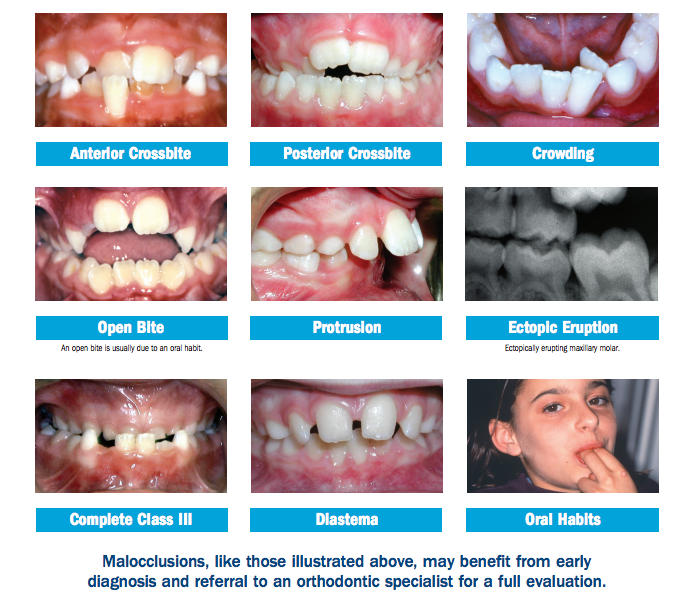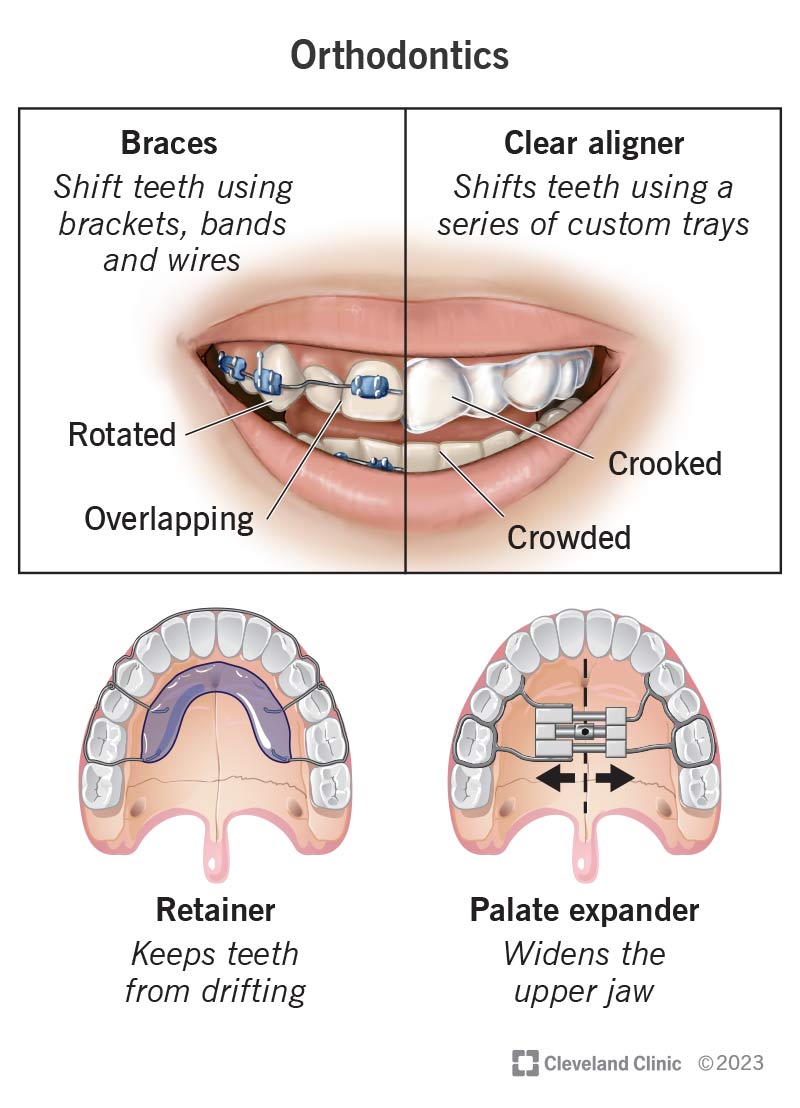The Causey Orthodontics Diaries
The Causey Orthodontics Diaries
Blog Article
Causey Orthodontics Can Be Fun For Everyone
Table of ContentsThe smart Trick of Causey Orthodontics That Nobody is Talking AboutExamine This Report on Causey OrthodonticsCausey Orthodontics for BeginnersFacts About Causey Orthodontics RevealedThings about Causey Orthodontics
Overlooking occlusal partnerships, it was normal to remove teeth for a selection of oral concerns, such as malalignment or overcrowding. The concept of an undamaged teeth was not extensively appreciated in those days, making bite correlations seem unimportant. In the late 1800s, the concept of occlusion was important for developing trustworthy prosthetic replacement teeth.As these ideas of prosthetic occlusion advanced, it became a very useful device for dental care. It was in 1890 that the job and effect of Dr. Edwards H. Angle began to be felt, with his contribution to modern orthodontics specifically notable. At first concentrated on prosthodontics, he showed in Pennsylvania and Minnesota prior to directing his attention towards oral occlusion and the treatments needed to maintain it as a regular condition, thus becoming referred to as the "father of modern orthodontics".

The principle of excellent occlusion, as postulated by Angle and incorporated right into a classification system, allowed a shift towards treating malocclusion, which is any type of deviation from normal occlusion. Having a full collection of teeth on both arcs was highly searched for in orthodontic treatment because of the need for exact relationships between them.
Causey Orthodontics Fundamentals Explained
As occlusion came to be the key concern, facial percentages and aesthetics were disregarded - best orthodontist. To attain perfect occlusals without utilizing external forces, Angle postulated that having best occlusion was the most effective way to get optimal face aesthetics. With the death of time, it came to be rather obvious that even a phenomenal occlusion was not appropriate when taken into consideration from a visual viewpoint
Charles Tweed in America and Raymond Begg in Australia (that both examined under Angle) re-introduced dentistry removal right into orthodontics during the 1940s and 1950s so they could boost face esthetics while likewise ensuring far better security worrying occlusal relationships. In the postwar duration, cephalometric radiography started to be made use of by orthodontists for measuring modifications in tooth and jaw position caused by growth and therapy. It became noticeable that orthodontic treatment might change mandibular advancement, resulting in the formation of practical jaw orthopedics in Europe and extraoral force procedures in the US. Nowadays, both functional appliances and extraoral tools are applied around the world with the objective of changing development patterns and types. Going after real, or at least boosted, jaw connections had actually ended up being the major objective of therapy by the mid-20th century.
8 Simple Techniques For Causey Orthodontics
 The American Journal of Orthodontics was produced for this function in 1915; prior to it, there were no clinical objectives to adhere to, nor any kind of exact classification system and brackets that did not have attributes. Till the mid-1970s, braces were made by wrapping steel around each tooth. With innovations in adhesives, it came to be possible to instead bond steel braces to the teeth.
The American Journal of Orthodontics was produced for this function in 1915; prior to it, there were no clinical objectives to adhere to, nor any kind of exact classification system and brackets that did not have attributes. Till the mid-1970s, braces were made by wrapping steel around each tooth. With innovations in adhesives, it came to be possible to instead bond steel braces to the teeth.This has actually had significant effects on orthodontic therapies that are provided routinely, and these are: 1. Proper interarchal connections 2. Right crown angulation (pointer) 3.
The benefit of the layout hinges on its brace and archwire combination, which requires just very little cable bending from the orthodontist or clinician (best orthodontist near me). It's appropriately named after this function: the angle of the port and density of the brace base inevitably figure out where each tooth is positioned with little need for additional control
All About Causey Orthodontics
Both of these systems employed identical brackets for each tooth and necessitated the bending of an archwire in three airplanes for locating teeth in their preferred settings, with these bends dictating supreme positionings. When it involves orthodontic appliances, they are split into two kinds: detachable and repaired. Removable home appliances can be handled and off by the individual as required.

Hence, mostly all modern-day fixed devices can be taken into consideration variants on this edgewise device system. Early 20th-century orthodontist Edward Angle made a significant payment to the world of dentistry. He produced 4 distinct device systems that have been used as the basis for many orthodontic treatments today, preventing a couple of exceptions.
How Causey Orthodontics can Save You Time, Stress, and Money.

The cable finished in a string, and to relocate it forward, an adjustable nut was utilized, which permitted for a boost in area. By ligation, each individual tooth was attached to this expansive archwire (best orthodontist). As a result of its limited array of movement, Angle was not able to accomplish specific tooth positioning with an E-arch
These tubes held a firm pin, which could be repositioned at each appointment in order to move them in position. Referred to as the "bone-growing appliance", this device was supposed to motivate much healthier bone development as a result of its possibility for moving force directly to the origins. Implementing it showed problematic in reality.
Report this page